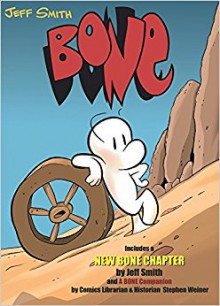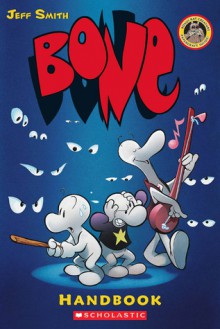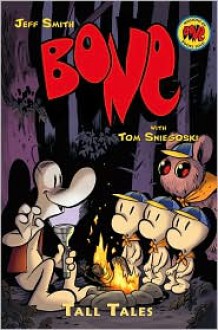
Virtually from the moment of its creation the American presidency has loomed large in the public’s consciousness. More than just the head of the executive branch, the president quickly became a reflection of what Americans thought of their nation and its values, and changed as those attitudes and views shifted over time. In this book Jeff Smith examines what he terms “presidential fictions” – the image of American presidents both historical and fictional in various media and cultural contexts – as a means of gaining insight into our ever-evolving understanding of both the presidency and our country.
Smith begins by analyzing one of the key models for the presidency: the “Patriot King”, an executive who “would rule above party, revive the forgotten spirit of the constitution, and make ‘public virtue and real capacity’ once again the basis of political power.”(16) This ideal, along with those drawn from the history of the Roman Republic, served to inform the thinking of the delegates who drafted the Constitution that created the office. For the first century of the nation’s existence, the image of the presidency was closely tied to the men who actually held the office – most notably George Washington, but also Andrew Jackson and later Abraham Lincoln. By the end of the 19th century, however, fictional presidents began appearing in print and on stage, allowing writers to define and redefine the presidency in very different ways. By the middle of the 20th century, the fictional depictions of the presidency had expanded to the screen as well, often serving as a Rorschach test of the issues and anxieties of the age. Smith concludes with a chapter that looks at how this dynamic between the presidency and our expectations of this played out on September 11, 2001, a reflection of how “the realities to be represented or fictively manipulated are, themselves, already permeated by fictions.”(287)
Insightful and informative, Smith’s book is an enlightening look at the evolving image of the American presidency in the national imagination. His analysis of the books, plays, films, and television shows is perceptive and nicely tied to the times in which they were created. Yet his text is pockmarked with factual errors which, while minor, raise doubts as to just how closely he examined the works he analyzes, while the inclusion of some works (such as “Mr. Smith Goes to Washington”, a landmark film about American politics but one in which the presidency is absent) seem a poor use of limited space. Overall, though, the strengths of Smith’s work outweigh its weaknesses; this is a good book for anyone interested in understanding how Americans have viewed the presidency and how these views have helped shape the institution.

 Log in with Facebook
Log in with Facebook 









